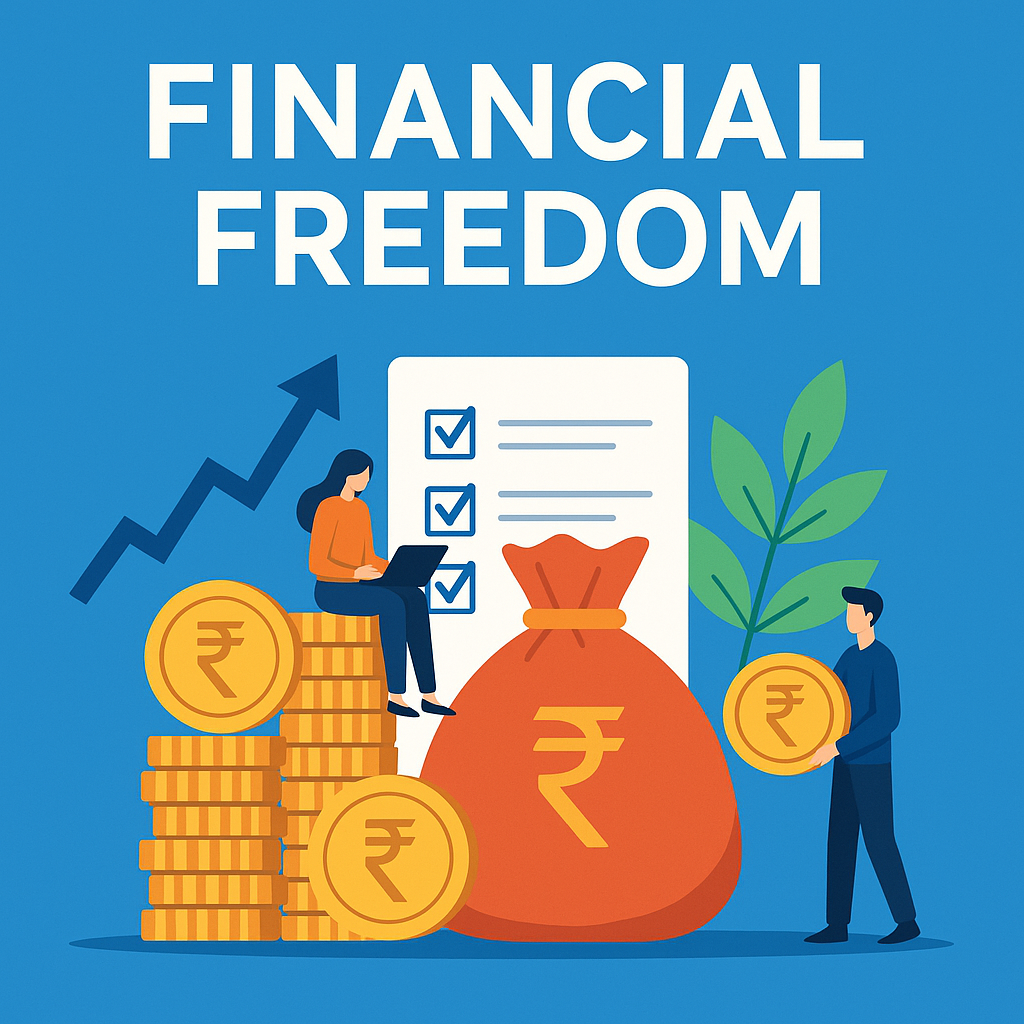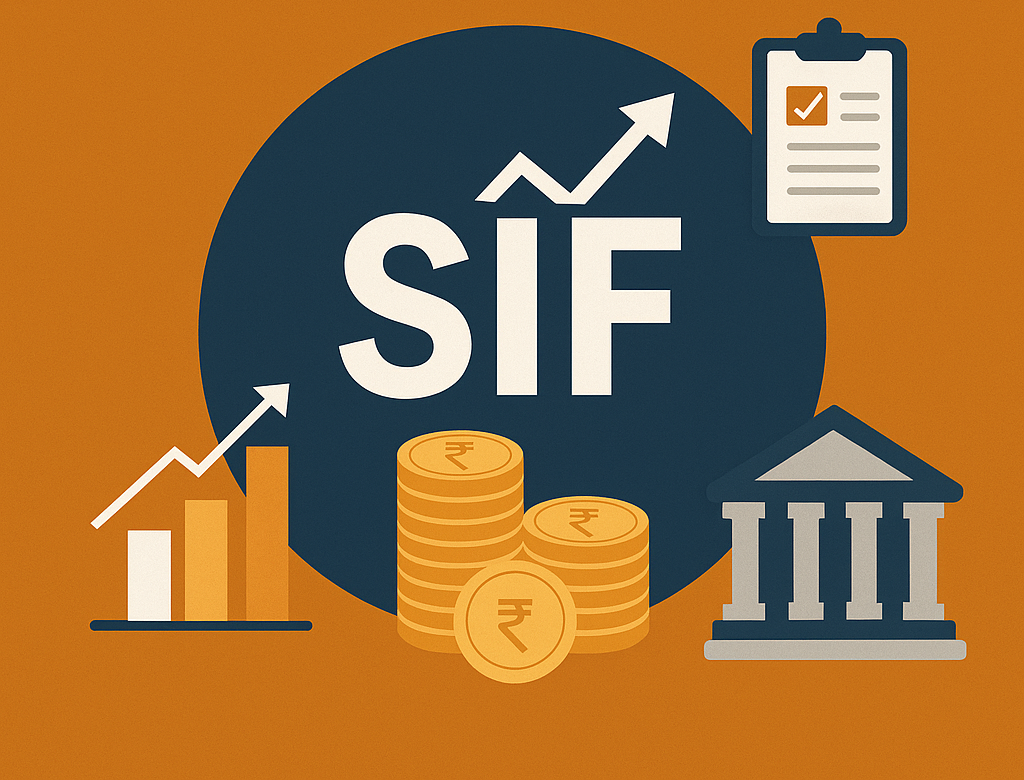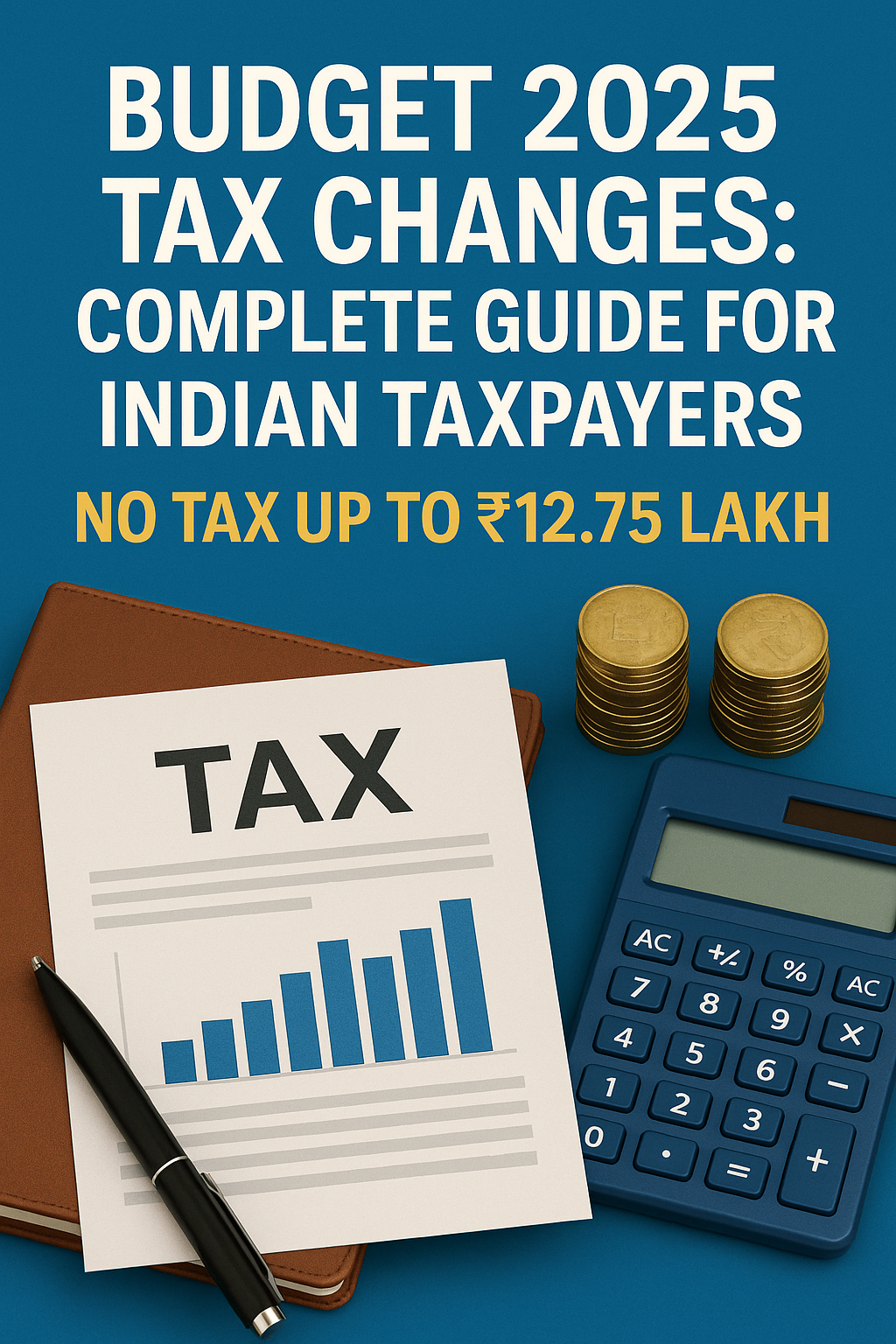What is Financial Freedom and How Can You Achieve It?
Have you ever imagined a life where you don’t have to worry about your next salary, monthly bills, or job pressure? A life where you have full control over your time, your money, and your decisions? That’s what financial freedom looks like—and it’s not just for the super-rich. It’s possible for anyone, including you.
Let’s explore what financial freedom means and how you can start working towards it—even if you’re just beginning your financial journey.
What is Financial Freedom?
Financial freedom means having enough savings, passive income, and investments to cover your living expenses without being dependent on your job. It’s about having money work for you, rather than you working for money.
In simple words, you can live the life you want, make your own choices, and do the things you love—without constantly worrying about money.
Why is Financial Freedom Important?
Here are some reasons why financial freedom should be your life goal:
-
✅ Peace of Mind: You no longer stress about EMIs, bills, or sudden expenses.
-
✅ Freedom to Choose: Want to take a break from work or travel for 3 months? You can.
-
✅ Early Retirement: You can retire in your 40s or even earlier if your passive income covers your needs.
-
✅ Time for Passion: You can focus on hobbies, family, or starting your dream business.
Myths About Financial Freedom
Many people believe that financial freedom is out of their reach. Here are two common myths:
Myth 1: You need to earn a lot to become financially free.
✅ Truth: It’s not about how much you earn; it’s about how much you save and invest consistently.
Myth 2: Only people from rich families can achieve it.
✅ Truth: Anyone with financial discipline and planning can reach this goal—even with a small income.
5 Simple Steps to Start Your Financial Freedom Journey
You don’t need to be an expert to begin. Just take one step at a time:
1. Track Your Expenses
Know where your money goes. Use a notebook, app, or Excel sheet to record everything you spend in a month. You’ll be surprised how small expenses add up.
2. Create a Budget
Divide your monthly income into categories:
-
50% – Needs (rent, groceries)
-
30% – Wants (entertainment, travel)
-
20% – Savings & Investments
Stick to this rule (or a version of it that suits you).
3. Build an Emergency Fund
Start saving for 3–6 months of expenses. This helps during job loss or medical emergencies without using loans or credit cards.
Example: If your monthly expense is ₹20,000, your emergency fund should be around ₹60,000 to ₹1.2 lakh.
4. Start Investing Early
Even ₹500/month in a SIP (Systematic Investment Plan) can make a big difference over 10–15 years.
Example:
Invest ₹5,000/month for 20 years at 12% annual return = ₹50+ lakhs corpus!
5. Avoid Bad Debt
Avoid loans for unnecessary things like the latest phone or fancy clothes. Use debt only for value-creating things like education or home loan (if well planned).
Real-Life Inspiration (My Story)
I recently started my financial freedom journey by investing ₹5,000 per month in mutual funds. I also began tracking my expenses and created an emergency fund. My goal? To become financially free by the age of 45 and have the option to live on passive income.
Final Thoughts
Financial freedom isn’t about being rich; it’s about being smart with your money. Start today—don’t wait for a perfect salary or big inheritance. Start with what you have, stay consistent, and your future self will thank you.
“The journey of a thousand miles begins with a single step.” – Lao Tzu





